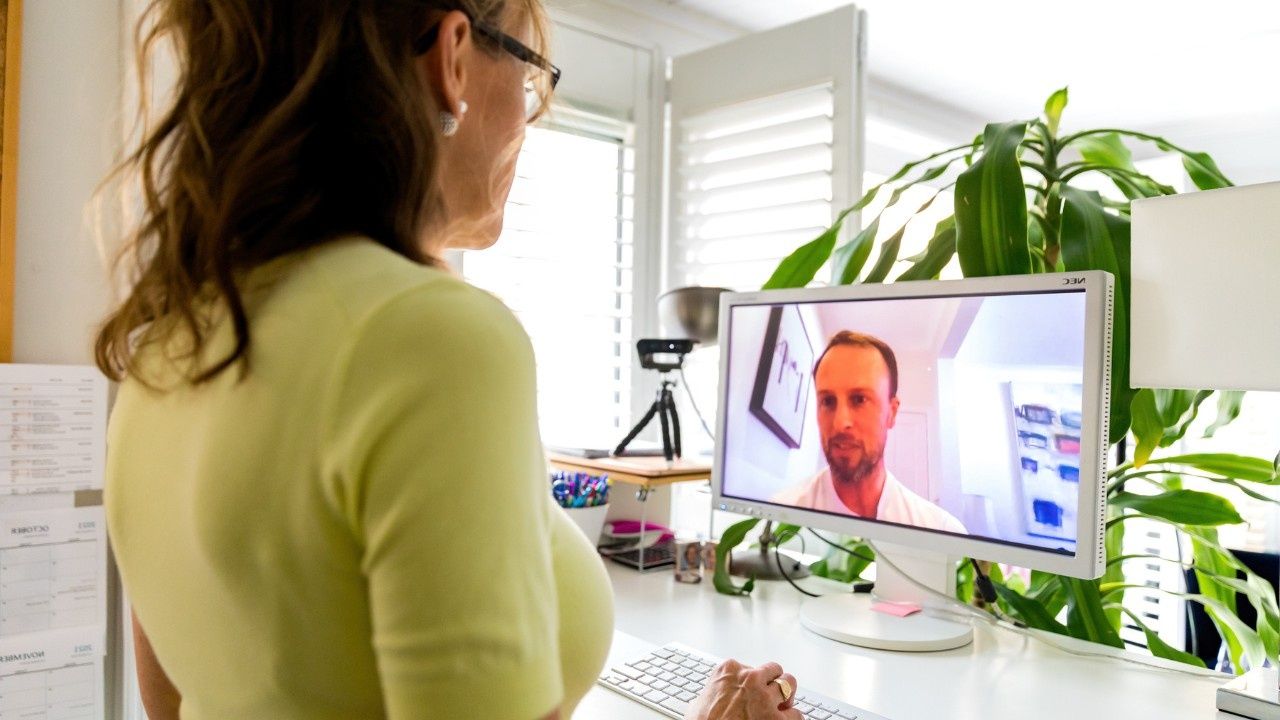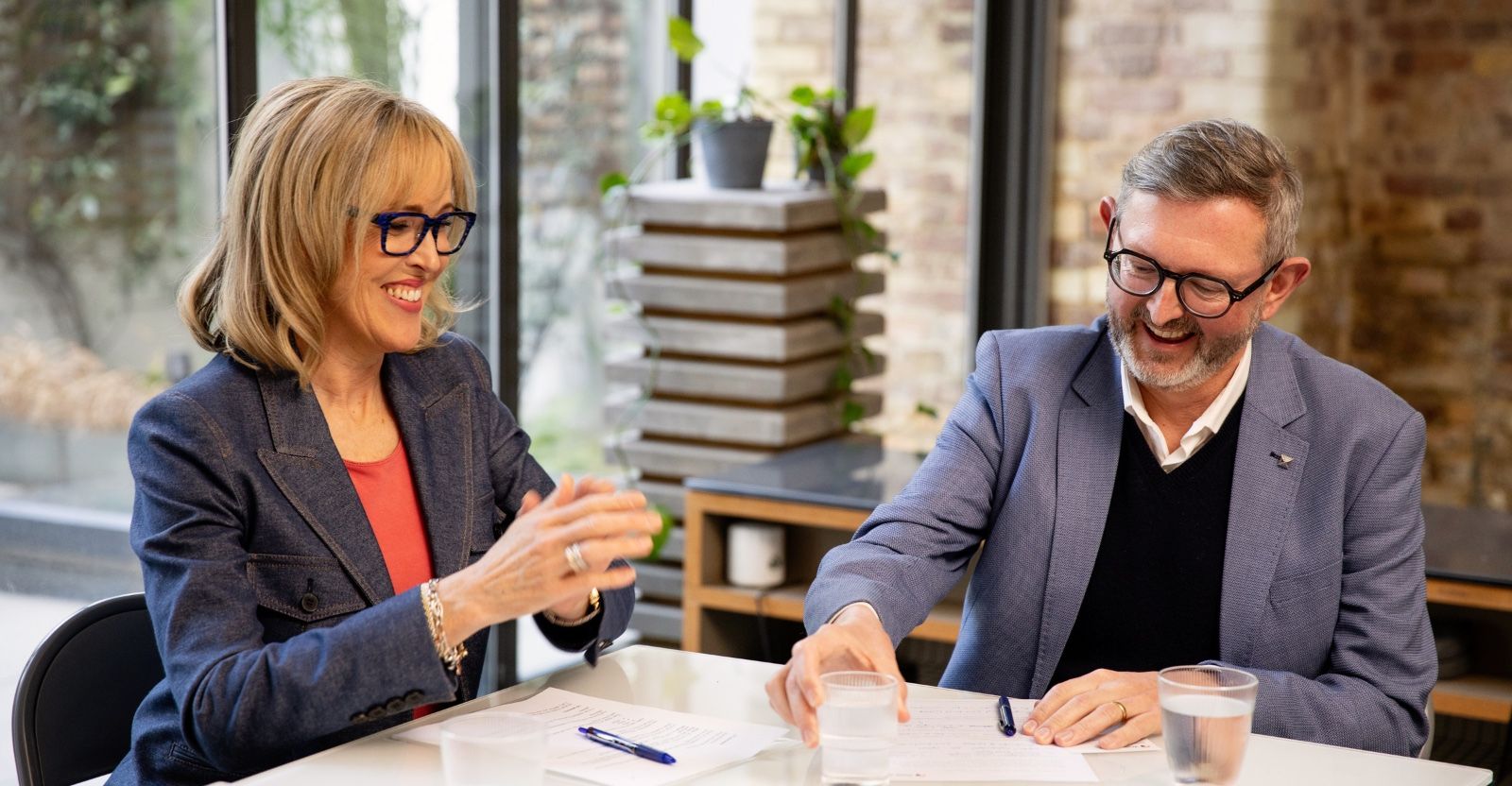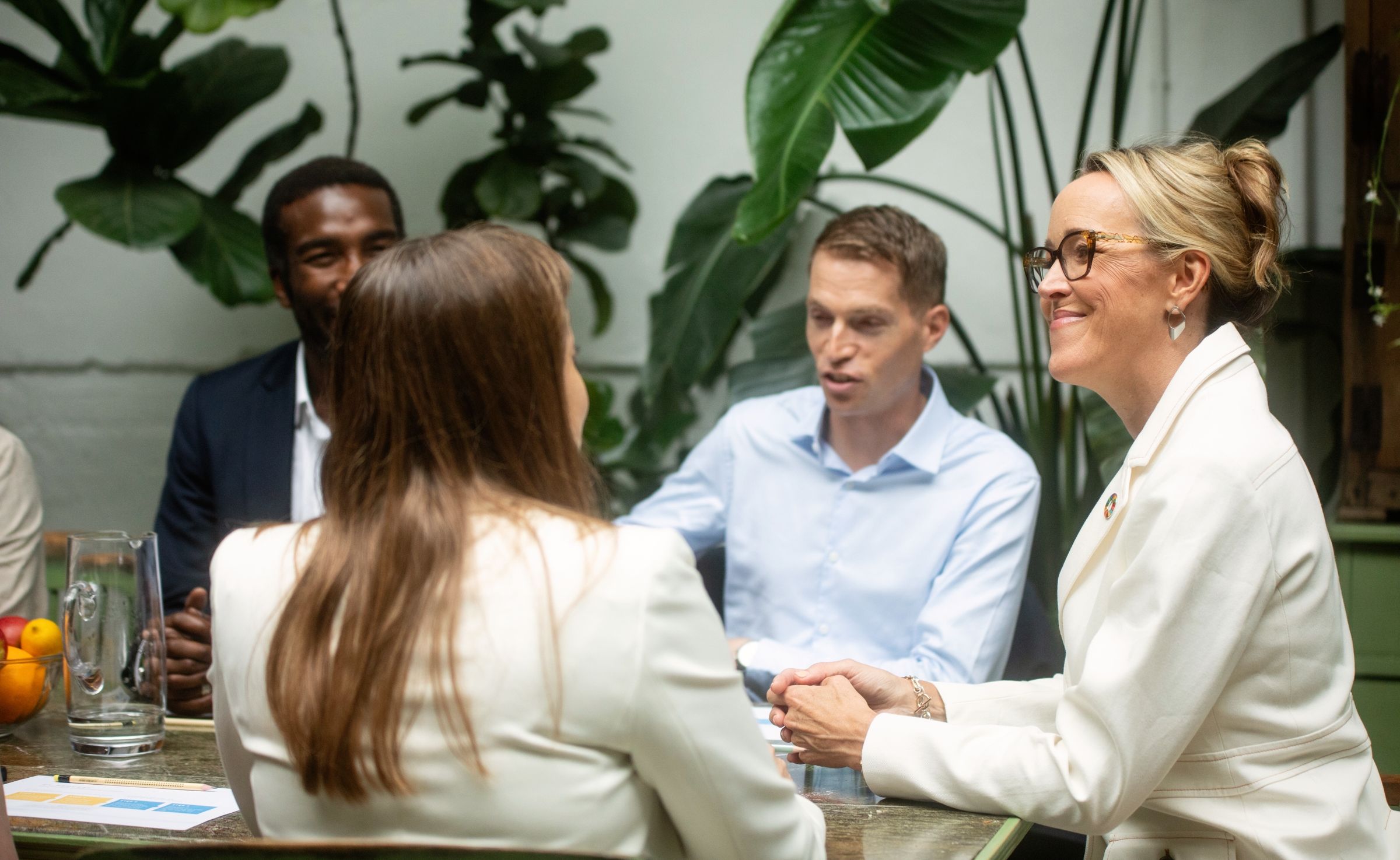Finding a career on the front line of finance's ESG transformation
Jul 11, 2023
Naomi English shares her journey to head of product strategy at MSCI, spotting the emerging opportunities for ESG in investments and finding new challenges within the same organization.
While earlier in her career Naomi English watched many of her peers rush for nonprofit jobs, she found herself drawn to the private sector and the role it could play in driving sustainable development.
As managing director for ESG Product Strategy at MSCI, English has had a front row seat to the complete transformation in global financial markets, and the role that ESG plays in framing investment decisions all around the world.
I recently connected with English to learn more about her career journey. She spoke about having the courage to "raise her hand" when opportunity came knocking, the excitement and overwhelm of an industry in flux and the skills that have underpinned her success.
Shannon Houde: What first led you to focus on the role of investors within ESG?
Naomi English: I finished grad school in 2008 in London where I studied development economics, and most of my peers went to work at the United Nations, World Bank or other nonprofits. But I was interested in the private sector’s role in driving economic growth and sustainable development. This included everything from its importance in creating jobs in emerging economies to creating products and services that people need to survive, and in empowering governments to provide services to their people.
But I also recognized that many companies aren't super responsible in how they operate. I was curious about how to influence companies to be more sustainable in their practices and the role investors play. Through that, I stumbled across a firm called Innovest at the time, which was one of the first ESG providers.
When we were acquired by MSCI, I had been an intern for a few months and already secured a client-facing role. After realizing that we needed a global head of ESG at our client-facing organization, I raised my hand and volunteered to take on the role despite only having a year and a half of experience. ESG was not a big priority at the time, and they let me have the opportunity.
Houde: After reevaluating your role a few years ago, what led you to remain with MSCI?
English: I’d ended up in this client support role and wasn't sure that's where I wanted to be. I wanted to work in the ESG space, but wasn't sure I liked the function — whether it was using my skills or if it was where I could have the biggest impact. But I’d already established a lot of capital and goodwill at MSCI. They knew I was capable and could execute. That planted the seed in my head that it might be easier to go to a different function within the organization rather than go out to the market. That I could shift to a product role or a sales role or research role within an organization where they knew me and where they'd be willing to take a bit more of a gamble on me.
After evaluating the options out there, I decided to stay on at MSCI. But I had a lot more confidence, as I felt like I was making a choice. I wasn't staying because I had to, but because it was a conscious choice.
Houde: There’s a lot to be said for being able to influence change within an organization. Can you tell us a little bit about how it has been working in ESG now that the investment community has started to really see the value?
English: At MSCI, we started using ESG as a metric in about 2010. At the time, the rating that MSCI had was called Intangible Value Assessment, which while a bit of a mouthful describes what we did — to try to measure the intangible value and impact of environmental social governance risks. It was this idea that certain ESG issues are financially relevant, or potentially financially relevant, to companies and investors.
Working in this growing space has been exciting and satisfying. This is a once-in-a-lifetime transformation of capital markets, and the allocation of capital now is huge.
Reflecting back on 2008, most of my conversations then were trying to convince portfolio managers that ESG matters. There were a lot of contentious meetings, and it’s nice to not be having those conversations now that ESG has become more widely accepted.
But it also has been overwhelming because ESG is permeating every aspect of capital markets. This means that asset owners, asset managers, investment consultants, wealth managers, hedge funds, banks, corporates, corporate advisers or support organizations that work with them — all of them are looking at how do they embed ESG into what they do. So, it's an enormous market for us to tap into.
Houde: Can you tell us about what types of data and information you consider when evaluating ESG in companies?
English: We use four types of data when performing our ESG assessments. We look at information that companies voluntarily disclose in their sustainability reports or annual reports. We also look at the mandatory disclosures — for companies, it's mostly their financial filings, their 10-K reports and more. We then look at well over 1,000 different local and global media sources, and at government enforcement agencies on signs and litigations and penalties. And the fourth type we look at are specialized data sets — these could be government, nonprofit, commercial. There are probably over 50 different data sets that we look at so tons and tons of data.
Overall, we have 37 key issues within our ESG rating framework, which could be climate, product safety, toxic waste, health and safety and human capital. For each company we consider what is most relevant, and dig in and go deep.
Houde: What do you do day-to-day in your role?
English: At MSCI, everything we do is helping investors in their investment process. There are tools and content that helps investors with their investment process, and then we have our ESG and climate product line. And we provide ratings and data and content on over 10,000 companies and sell that data to investors who use it in their investment process. They will use that in their research process in their portfolio in their investment decisions, on deciding how much to invest in companies, and they also use it in reporting to their end stakeholders to describe what they have invested in.
I lead our product strategy, and a team that is designing and launching products. There are around five stages to that. The first is to define our strategic focus — how to grow our business, where the commercial opportunities are, weighing the risks we face and understanding the competitive landscape. The second is about understanding client needs, and what the problems are that they face. The third step is around solution or product design and figuring out what are we actually going to build. Is it a data set? Focused on racial and ethnic diversity data? What's the scope? How many data points? We’re clearly working with lots of different internal teams on this with our research team.
After that, the fourth step is execution. This is probably the bulk of what we spend our time doing. Working with the teams across the organization to actually build those products. To make sure it gets through our various committees, to do a consultation with clients and check if they agree with our approach and work with our engineering team to build this into all our systems.
The fifth and final step is our go-to market plans and strategy. What is the commercial model? Is this data set something we're going to add to our existing products? Or is it a brand-new product that needs its own commercial model? What should the price point be?
Houde: That’s a lot of different elements to your job. What two skills do you think are the most crucial to be effective in your role?
English: Communication is No. 1. It starts with listening. I feel like we forget that the first part of communication is listening but that's crucial, especially to understanding client needs. It’s also critical in terms of internally designing the solution and expressing it or communicating our strategy, and making sure all of the teams are aligned.
The No. 2 for me is problem-solving. We have so many projects going on, and our team has gone from about 40 people when I joined to now over 1,000, so that if we're not all aligned, then we're wasting people's time and valuable resources. So, I do a lot of walking in asking, why is this not moving forward? What do we need to do?
Shannon Houde is an ICF certified career and leadership coach who founded Walk of Life Coaching in 2009. Her life’s purpose is to enable change leaders to turn their passion into action and to live into their potential — creating scalable social and environmental impact globally. To follow more stories like these, join Shannon for Coffee & Connect where she interviews sustainability practitioners every month to learn more about what their "day in the life" involves.
This article originally appeared on the Greenbiz Purpose & People column and can be viewed here.








